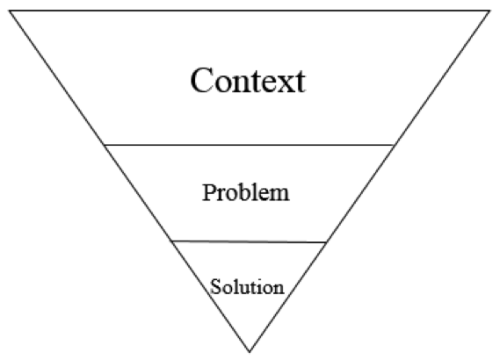Dear Fiona,
I have a research paper due at the end of the term for a class I’m in, and I have no idea how to write it. It is supposed to be fifteen pages, which is so much more than what I am used to writing. How do I pick a topic? How do I research my topic once I’ve found it? How do I even begin to write something that long? I have no idea.
– Worried Writer
Dear Worried Writer,
This is pretty much my area of expertise, so have no fear. Your first research paper is a scary thing, but once you have it under your belt you won’t be fazed when you have to write another one. Some people will tell you that there is a simple formula for research papers and that they are pretty much all the same. In a certain sense, that is true. There are some guidelines that apply to all research papers, but at the same time it’s important to grant yourself the freedom to break from convention if it serves the purposes of your paper.
First things first, let’s talk about topics. There is no golden rule for picking a topic. If you are struggling to find one you should probably visit your professor during office hours and throw some ideas around. When trying to come up with a research topic, I usually take something that piqued my interest but was talked about only briefly in class. That way, it’s related to the major themes of your class without just repeating what you’ve been told in lecture.
So, now that you have a research topic, it’s time to do research on it. Everyone has their own methods of research that work best for them, but a good way to start is to make a research appointment with a reference librarian. They can help you scrounge up secondary and primary sources. Another good way is to take a look around JSTOR or Credo Reference and see if you can find some scholarly articles on your topic. Primary sources are a little trickier to locate, especially if your topic is still a bit vague, but an appointment with a reference librarian should help quite a lot.
So now you have to turn that research into a paper. Some classes that you will take here will actually give you pretty good directions for a research paper, but others will not. Bear in mind that I am a history major, and most of what I will say works very well for history research papers but may not work as well for other types of research papers.
However, this stuff is pretty basic, so you should be able to tweak it so that it works for whatever kind of research paper you are doing. What follows is what I learned from a professor of mine while taking HIST 620. What he told us in that class has been monumentally helpful for every research paper I have written since. I had sort of gathered most of the information haphazardly over the previous two years as I stumbled through research papers, but I had never seen it put so succinctly.
Write your introduction first and then use it to help you lay out the rest of your paper. Your introduction should be a sort of microcosm of the rest of your paper, and it should follow the pattern of this inverted triangle:
The majority of your introduction should be context for your argument. This is the part where you address the who, where, when, how, and why, if possible. Situate your research in time and make sure you articulate who exactly you are talking about. Next should come your problem. This would be where you ask your research question, the question that your thesis answers. This should be simply put and shouldn’t take more than a few sentences. At the very end of your introduction comes your one-sentence solution to the problem, your thesis. For a fifteen-page paper, your introduction will probably end up being about three pages. Don’t try to fit all of that information into one paragraph; it will not end well.
Now comes the rest of your paper. Your body pages should follow a pattern similar to your introduction, but this time you’re integrating your context and your problem, before arriving at your solution again in a natural way in your conclusion.
Again: rules are made to be broken. If breaking this format serves a purpose for your paper, then do it. If you feel like these guidelines don’t really apply to your paper, then go see your professor and figure out how to modify it to suit your needs.
Lastly, I know that with a long paper comes the anxiety that you will not have enough information to fill those pages, but I can almost completely guarantee you that, once you start doing research, you will find enough to fill up a good-sized paper.
Good luck!
-Fiona

